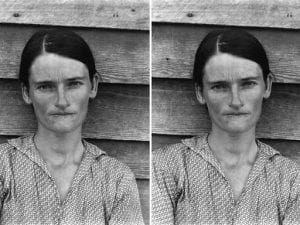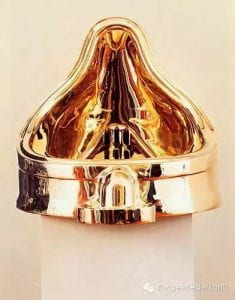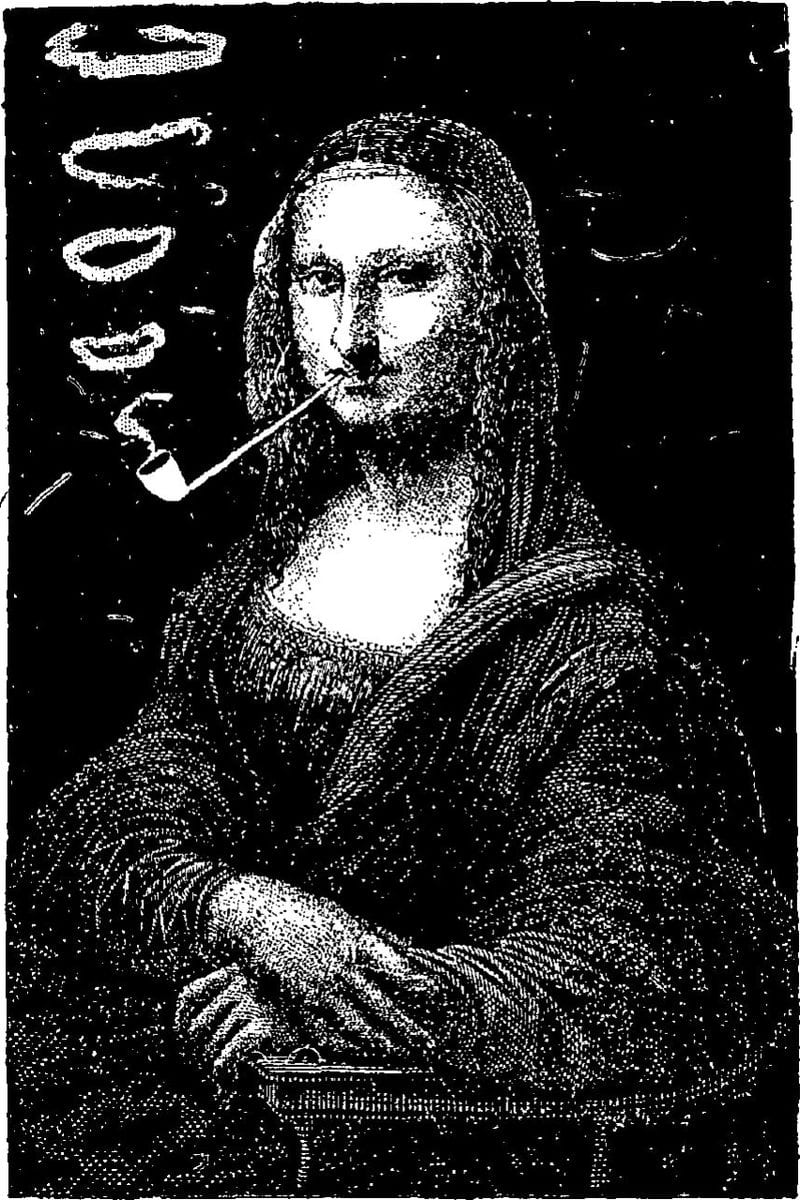

Month: October 2016
ARTWORK #2: APPROPRIATE


Sherrie Levine (b.1947) Fountain(After Marcel Duchamp)
Can’t Handle This; Bo Burnham
Prank Call
Rap Music
Bastille, Petal, and more
I was originally going to talk about Bastille’s newest album, Wild World, which has a tracklist of 19 songs, many of which sample sound bites from old movies & television. All of these samples are specifically placed within the song to heighten the highly political themes surrounding the album, which is greatly inspired by the current political climate of our world. (See: Brexit, Trump’s lunacy, etc)
I saw that Marina already talked about the single Good Grief, so I thought I’d go a little more in depth since there is so much to say!
The Currents in particular deals with the bigotry of certain political figures & the harm their words can do on a global scale. The intermezzo is sampled (appropriated) from Make Mine Freedom, a propaganda cartoon from the Cold War Era that was supposed to promote capitalism.
Another favorite is Way Beyond, which touches upon the human condition & the way the media interacts with it. This song looks at desensitization, violence, & apathy. It samples from The News Media’s Coverage of Crime and Victimization Video.
Warmth samples from the same source, this time saying: “When the event happens, there is little time to think of those things that people would like to have remain private. Getting caught up in the circus-like atmosphere, feeling less responsible to conventional ethical practices.” Again, this song is about the human condition & how we are impacted by the media’s treatment of violent acts.
Here’s a link to Bastille’s website: http://www.bastillebastille.com/
Please go stream their new album or purchase it! Support this awesome band.
Another favorite band of mine is Petal. Please go give them a listen. 🙂 One of the songs off of 2015’s Shame is called Chandelier Thief, which borrows it’s lyrics from a Nicole Ashton poem of the same name. I think this form of appropriation is incredibly lovely & meaningful because it combines two forms of art. The lead singer & lyricist, Kiley Lotz, is close friends with the poet.
Give it a listen here:
Just one more band! This is Sledding with Tigers. They’re also great…you should go support them.
Their album Come on & Slam is a Space Jam themed album. Yes. Space Jam like the movie. The song The Big Game (Movements 1 & 2) samples from the film, as well as borrowing names, lyrics, themes, & plot points from the beloved classic. Give it a listen here:
Good Grief by Bastille
Ilayda Hanci-Contemporary examples of appropriation


1- Marcel Duchamp, L.H.O.O.Q. (1919).
2- Eugene Btaillee, La Jaconde fumant la pipe, Le Rire, 1887
Artist: Marcel Duchamp
Subject: The Mona Lisa, painted in the 16th century by Leonardo da Vinci (1452-1519), and the most celebrated portrait in the world.
Appropriation in art is the use of pre-existing objects or images with little or no transformation applied to them. The use of appropriation has played a significant role in the history of the arts. In the visual arts, to appropriate means to properly adopt, borrow, or recycle. Notable in this respect are the Readymades of Marcel Duchamp.
L.H.O.O.Q. is a cheap postcard reproduction of Leonardo da Vinci’s Mona Lisa onto which Duchamp drew a moustache and beard in pencil. The masculinized female introduces the theme of gender reversal which was popular with Duchamp, who adopted his own female pseudonym. La Joconde instantly became his most famous readymade and a symbol for the international Dada movement, which rebelled against everything that art represented, particularly the appeal to tradition and beauty.

Left: Robert Colesscott, Les Demoiselles d’Alabama, 1985
Right: Pablo Picasso, Les Demoiselles d’Avignon, 1907
The concepts of originality and of authorship are central to the debate of appropriation in contemporary art. Above we see a contemporary example of appropriation, a painting which borrows its narrative and composition from the infamous Les Demoiselles d’Avignon by Picasso. Here Colesscott has developed Picasso’s abstraction and ‘Africanism’ in line with European influences. Colescott has made this famous image his own, in terms of color and content, while still making his inspiration clear. The historical reference to Picasso is there, but this is undeniably the artist’s own work.